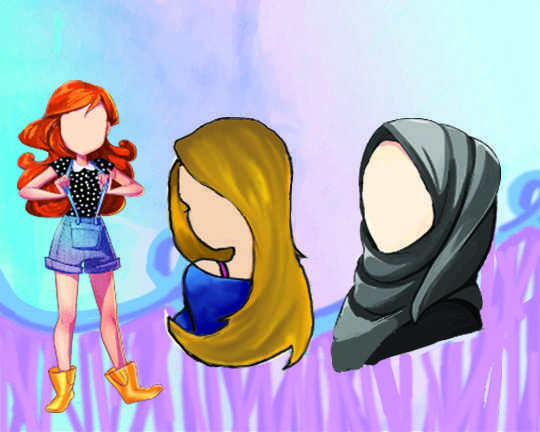With constant changes being made in culture, and society, the school’s dress code needed an update this school year, assistant principal Kerry Mohnike said.
The new dress code, published in the Student Handbook and on the school website, now clarifies which specific body parts need to be covered, Mohnike said. It also explicitly permits some pieces of clothing, such as hijabs and visible bra straps, that are often prohibited at some other schools.
The new dress code specifically states that “clothes must be worn in a way such that genitals, buttocks, breasts, and nipples are fully covered with opaque fabric. However, cleavage should not have coverage requirements.”
Previously, what body parts needed to be covered and what clothing was banned were only vaguely defined.
To craft a new dress code, Mohnike brought together a group of staff members and students last February, including English teacher Suzanne Herzman, school psychologist Michael Slone, campus supervisor Jeanine Sevilla, senior Sasha Picard, alumna Anya Srivats and senior Madison Hartmann, to revise the dress code.
According to principal Paul Robinson, the committee looked up different dress codes throughout the nation and came across one from Evanston High School in Evanston, Ill., that was similar to what they were looking for. Mohnike said that they then used it as a template to make the new dress code.
Mohnike said she hopes that this new dress code will help students and parents understand what is accepted at school and also to “make sure that people feel included no matter what they have on their body.”
Robinson said that one of the hardest aspects of creating the dress code is that dress codes can make girls feel unfairly targeted. Dress codes in general, such as the one at Redwood Middle School, often focus on the lengths and style of items popular with female students, such as shorts and cropped tops.
The dress code states that “students should not be shamed or required to display their body in front of others (students, parents, or staff) in school,” and proceeds to list out a specific and elaborate definition of “shaming.”
“[One of our main goals was] to make something that made sense for all of our students but also addressed what young ladies were telling us was a big issue or a problem,” Robinson said. “I think that was something that we have tried and hopefully succeeded in coming up with.”


























